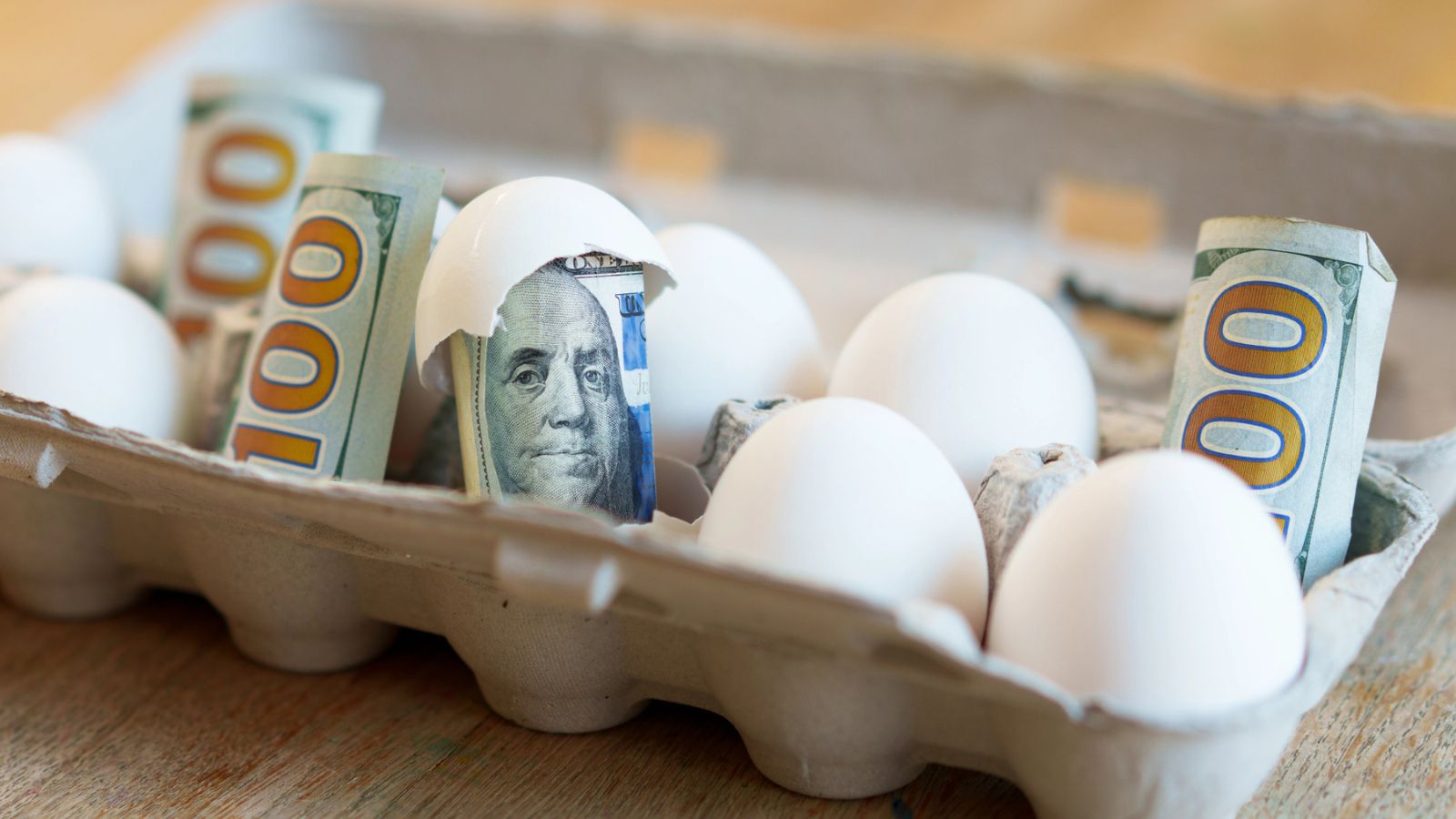10 Groceries That Went Up Most in Price This Year
Grocery prices seem to be on the rise everywhere you look. Whether it’s inflation or supply chain issues, many items are becoming harder to afford. If you’ve noticed the increase at the checkout but aren’t sure what’s causing it, here’s a rundown of the top ten grocery items that have spiked the most in price this year.
Eggs
Egg prices have soared this year, reaching new highs. The reasons include supply chain disruptions, bird flu outbreaks, and increased feed costs. As a result, the cost of a dozen eggs has jumped significantly, making what was once a staple of the weekly grocery list a much pricier item.
Meat (Beef, Pork, Chicken)
Meat prices have been on the rise for several years, and this year is no different. Beef, pork, and chicken prices have all seen increases due to rising production costs and inflation. The ongoing challenges in the meatpacking industry, combined with higher feed and transportation costs, have made these proteins harder to afford.
Milk
Milk is another grocery staple that has seen significant price increases this year. With the rising costs of production, including feed for dairy cows and fuel for transportation, milk prices have climbed. These rising costs are passed down to consumers, making it harder to stick to a budget for many families.
Fresh Produce
Fresh produce has been hit or miss, but overall, prices for fruits and vegetables have gone up this year. Poor weather conditions in some regions, labor shortages, and supply chain disruptions have contributed to the increase in prices. Items like tomatoes, lettuce, and apples have been particularly affected, making healthy eating more expensive.
Frozen Foods
Frozen foods have seen a sharp price increase this year as well. From frozen vegetables to pre-packaged meals, the rise in production and transportation costs has made these convenient options more expensive. While frozen foods are often seen as a budget-friendly alternative, they’ve become less cost-effective recently.
Bread
Bread prices have risen steadily, with some loaves costing up to 25% more than last year. Increased costs of wheat, energy, and labor have all contributed to this price hike. While you might still be able to find affordable bread at certain stores, the overall cost of this pantry staple has gone up.
Coffee
Coffee prices have been climbing due to rising costs of beans, labor, and transportation. Global weather issues, particularly in coffee-growing regions, have affected supply, making coffee more expensive for both producers and consumers. If you’re someone who relies on your morning brew, it’s a good idea to budget for this increase.
Cereal
Cereal prices have increased as a result of rising wheat costs and increased production expenses. Popular brands have raised their prices this year, and even store-brand cereals aren’t as affordable as they once were. For families that rely on cereal for breakfast, these price hikes add up over time.
Snack Foods
Snack foods like chips, pretzels, and crackers have seen an uptick in prices this year. As with other food items, rising transportation and production costs have impacted the cost of these snacks. For those trying to stay on budget, finding cheaper alternatives or cutting back on snack purchases may be necessary.
Condiments and Sauces
Condiments and sauces like ketchup, mustard, and salad dressings have also become more expensive. Supply chain disruptions and rising ingredient costs have contributed to this price jump. If you’re someone who loves to add a bit of flavor to your meals, be prepared for these small items to cost a bit more.
Preparing for the Price Hikes
Grocery prices can feel like a major burden, but being mindful of these changes can help you make smarter choices. While it’s tough to avoid price increases entirely, you can combat rising costs by shopping sales, buying in bulk when possible, and adjusting your meal planning habits. By staying informed and adjusting accordingly, you can still make your grocery budget work.
This article first appeared on Happy From Home.







